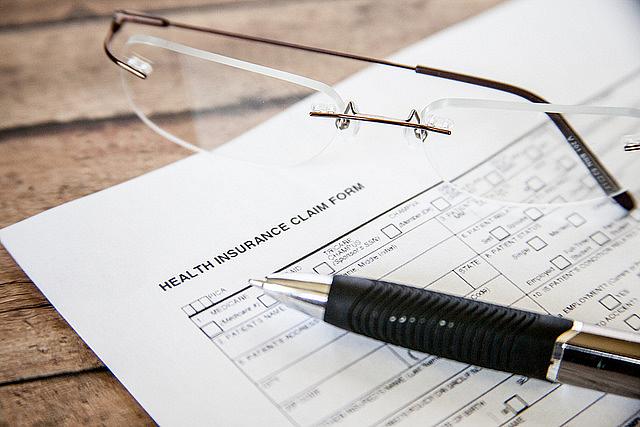Full-scope Medi-Cal granted to undocumented children below 19 years old but for how long?
This article was produced as a project for the USC Center for Health Journalism’s California Fellowship.
Related: Isabella's story

Most undocumented immigrants stay under the radar by necessity. When the California Department of Health Care Services implemented Senate Bill 75 (a.k.a Health4AllKids) in May 2016, expanding full-scope Medi-Cal coverage to income-eligible children regardless of immigration status, there was a brief window for some to come out of hiding.
According to Calforniahealthline.org, 189,434 undocumented children signed up with the program from enrollment in May 16, 2016 until April this year. Some sources project the number between 180,000 and 200,000.
But in November, Donald Trump won as president and he didn’t lose time vowing to keep his campaign promises to step up deportations and dismantle immigrant benefits.
This sent undocumented children and their parents scrambling for cover again. The national research and advocacy group Children Now took a second survey of Health4AllKids providers and partners between February and March 2017 and reported: “One respondent poignantly stated ‘The current political climate has generated a lot of fear among undocumented families and has made them more fearful of accessing services.’ There are some hints of pro-active requests for dis-enrollment from Health4AllKids coverage, which could signal a troubling trend.”
The Republican plans to repeal and replace Obamacare contain more troubling possibilities for immigrants. Both the Senate and House versions make severe cuts to Medicaid (Medi-Cal in California). If the provision in either bill becomes law, the State will have to find additional funds itself, or limit the scope of services or restrict who is covered in Medi-Cal.
Currently, 47 out of 58 counties in the State provide some care to undocumented residents. But the care is uneven. In some counties, undocumented immigrants can get dialysis and can donate organs but they are not eligible for organ transplant and care.
Health4AllKids is widely hailed as a success. It provides primary and specialty care, including vision, dental and mental.
If not for Health4AllKids, Isabella from Columbia wouldn’t have received treatment for cerebral palsy. Nor would the 10-year old from El Salvador suffering from PTSD at Ravenswood Family Health Center in Palo Alto.
In the State’s Health and Human Services proposed 2017-18 Funding, $102.6 billion (or 66.4 percent) is allotted for Medi-Cal alone. More than CalWORKS at $3.8 billion (or 2.5 percent), SSI/SSP (support for aged, blind and disabled) at $2.9 billion (or 1.9 percent), In-home support services at $10.6 billion (or 6.9 percent), State hospitals at $1.6 billion (or 1.0 percent), and even Public Health at $3.3 billion (or 2.1 percent).
But these numbers from the State’s budget website don’t do much to alleviate the climate of fear that pervades throughout even the legal immigrant community. The anxiety of ‘expedited removal’ numbs many of the undocumented into indecision.
Never mind if HIPAA (guidelines for security of health information) are still in place or Senate Bill 244 (which enhances privacy and confidentiality protections in State databases and prohibits information sharing without a subpoena served) was set in place by Sen. Ricardo Lara (D-Bell Gardens). Sen. Kevin de Leon’s (D-Los Angeles) Senate Bill 54 (or California Values Act) further limits information sharing between local enforcement and ICE.
Fear has gripped most in the undocumented community into inaction. However, as of this writing, there has not been any undocumented child enrolled in Health4AllKids reported detained by ICE, according to California Immigrant Policy Center Health Policy Manager Betzabel Estudillo.
Through all this, many Filipino undocumented immigrants remain in super stealth mode even with the heightened outreach campaign for healthcare for their children that began in May 2016.
[This story was originally published by FilAm Star. Story begins on page A1 and continues on page A7.]
[Photo credit via Flickr.]

